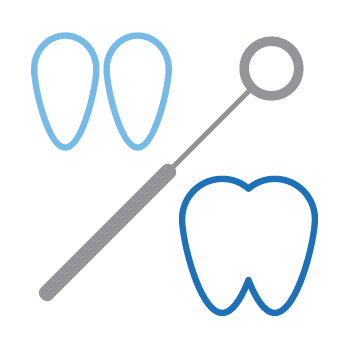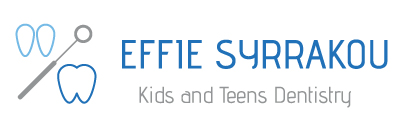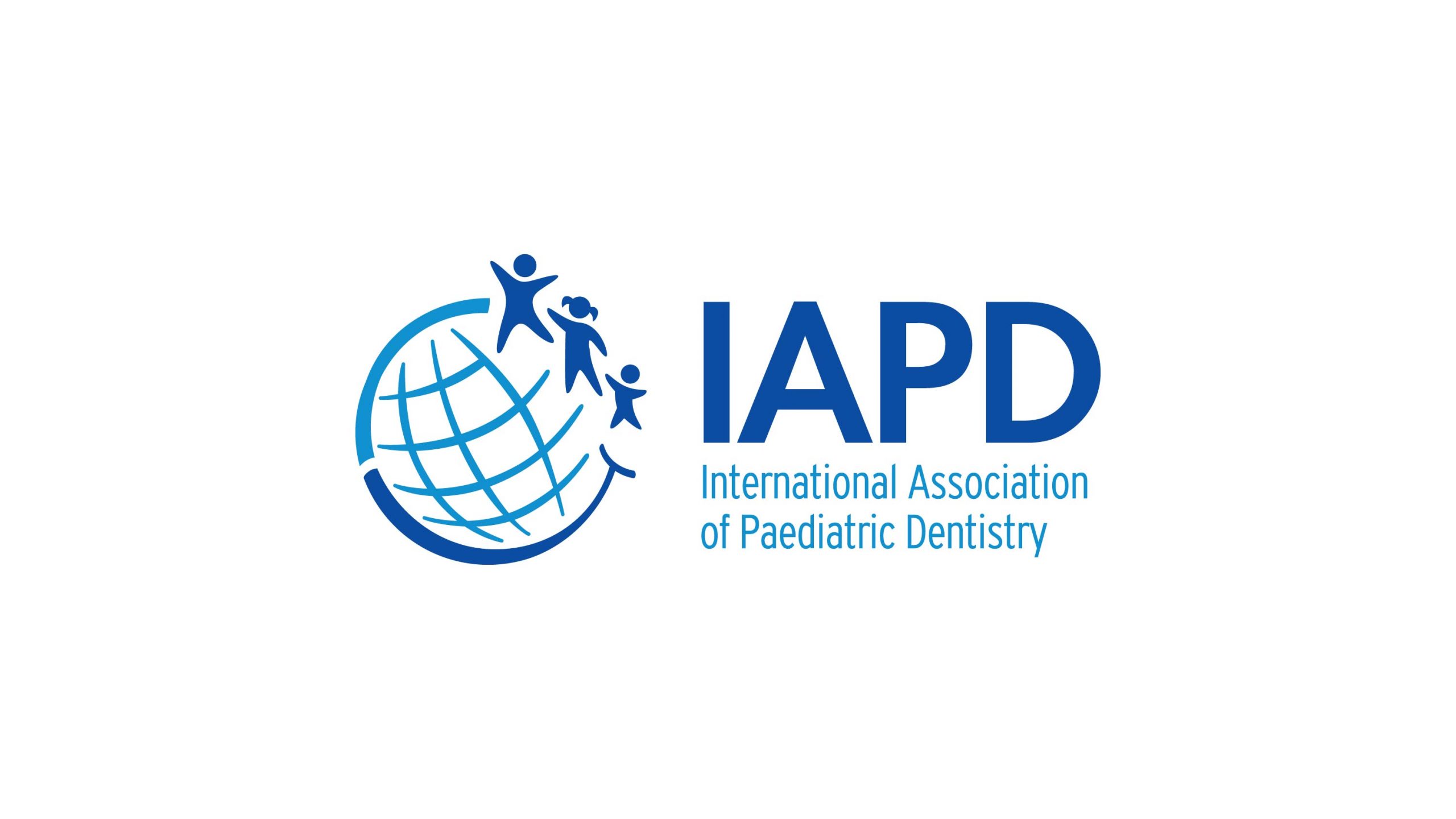CARE & TREATMENT
ORTHODONTICS
Orthodontic science deals with the diagnosis, prevention, and treatment of oral and facial problems. These problebs are caused by crooked, crowded, or protruding teeth, or jaws that do not fit together harmoniously.
Orthodontic treatment contributes actively to the proper functioning of the mouth.
Advances in technology allow us to have many restorative techniques available, depending on the needs of each patient.

When should my child be evaluated for orthodontic problems and the need for orthodontic treatment (braces)?
As part of your child’s general preventive examination, the identification and treatment of orthodontic problems begin before they have changed all their teeth. This can significantly reduce the severity of the progressive abnormality, as well as the time and cost of orthodontic treatment.
Many children develop crooked teeth or skeletal problems in their jaws as they grow older before all their teeth are shed. “First stage” treatment is designed to address the problems as they develop before they become more severe and harder to correct in permanent dentition.
In adolescents, orthodontic treatment usually begins at age 12. This is the ideal age to correct problems since the permanent teeth have now erupted and teenagers have strong aesthetic concerns about the treatment.

Which orthodontic problems need early diagnosis and treatment?
- The early loss of baby teeth, from caries or trauma
- Difficulty in eruption and/or shedding of teeth
- Increased horizontal protrusion, i.e. “overjet”, a condition that is often due to finger or pacifier sucking, and predisposes to dental injuries
- Cross-bite, when the lower front teeth close in front of the upper teeth or when the upper back teeth close inside the lower ones
- Open bite, when the upper front teeth do not touch the lower front teeth when the child closes the mouth.
- Ankylosed baby teeth, when children’s teeth that “sink” into the jawbone, making it difficult for them to exfoliate naturally

How is orthodontic treatment done in younger children?
Treatment at these ages is mainly done with removable orthodontic appliances, which are easily inserted and removed by the child for a few hours during the day.
These appliances are made specifically for each child and are adjusted and/or activated at scheduled regular office visits.
EARLY DIAGNOSIS EFFECTIVE TREATMENT
Come and talk with us in person!

How is orthodontic treatment done in adolescents?
Orthodontic treatment in adolescents usually lasts from 12 to 24 months, depending on the extent of the problem, the technique chosen and the cooperation between the adolescent and the orthodontist. The treatment methods used are:
- Functional removable appliances: special removable appliances that are placed and removed by the child, while being checked and adjusted in our office at regular intervals
- Fixed appliances: special appliances that are permanently placed on the teeth by the orthodontist while being checked and adjusted in our office at regular intervals
- Braces: They are placed and removed at the end of treatment by the orthodontist. With this method, each tooth can be moved individually and with great precision. Harmonious dental arches are formed and the occlusion, i.e., the relationship between the upper teeth and the lower teeth, is perfected. These appliances are usually made of metal alloys, known as ‘braces’. Alternatively, for more aesthetic solutions, white ceramic “braces” can be used.

Orthodontic treatment with transparent splints
Orthodontic treatment with splints is a practically invisible way to straighten the teeth of children, adolescents, and adults. Using sophisticated 3D computer imaging technology, we present you the complete treatment plan from the initial position of the teeth to the final desired position.
A series of clear splints are then made in the lab specifically for the individual’s teeth, so that they can be moved gradually and safely. The patient wears each splint for about two weeks and then replaces it with the next in the series, so that the teeth move gradually to the expected final position.
Once the orthodontic result is achieved, regardless of the treatment method used, it is necessary to place a retainer, mobile or fixed, to stabilize the teeth in their new position.
In our office, we believe that we need to be doctors, but also friends, to convince the teenager to follow the instructions and treatment properly.

Contact Details
Τel. : 210 6858087
Email: info@pediatricdentist.gr
Office Hours
Monday – Friday :
12:00-20:00
Member of:




© Copyright 2021 – Effie Syrrakou – Conditions of use – Privacy Policy
Designed & Developed by Que Healthcare Marketing – All rights reserved

